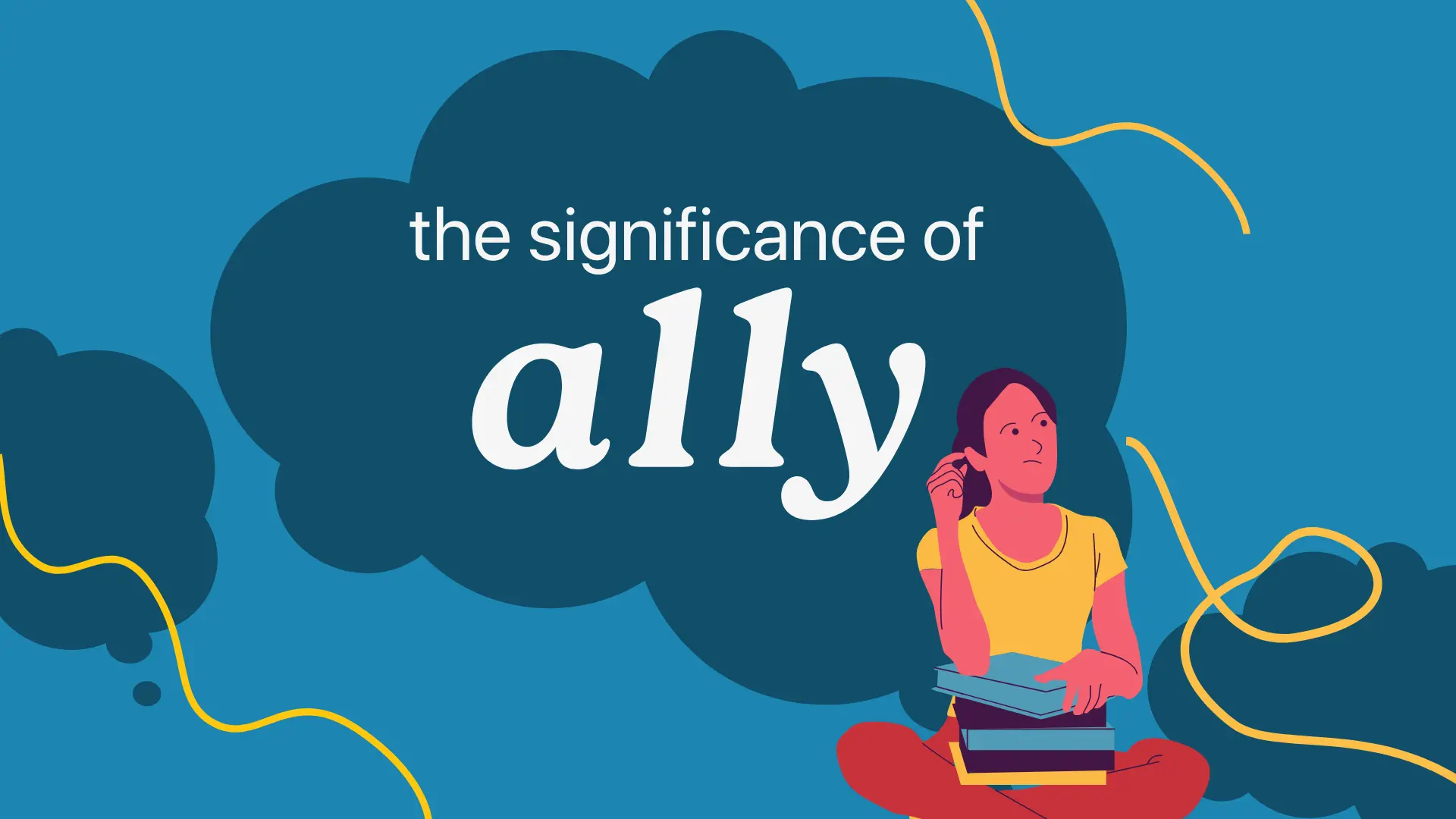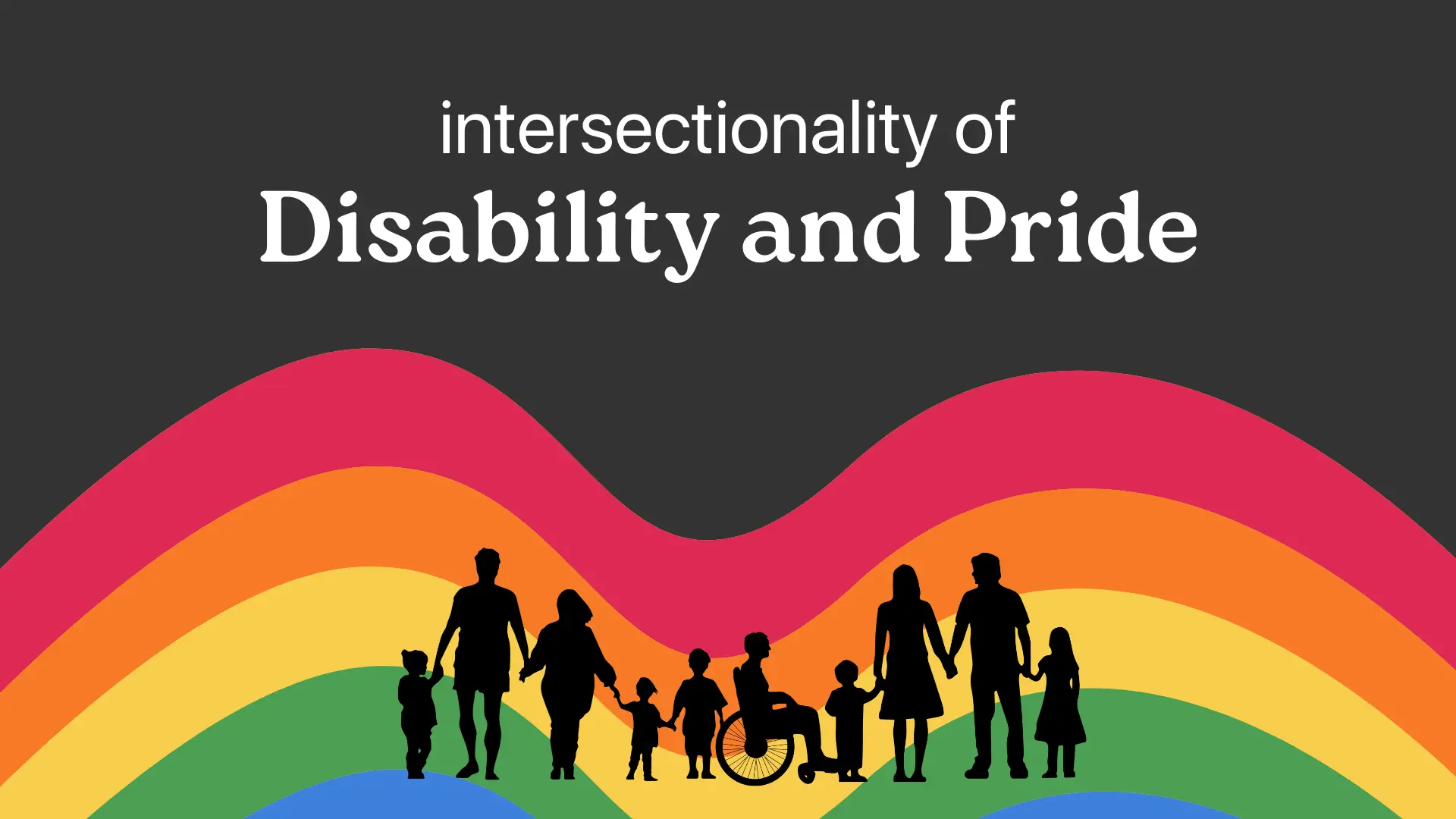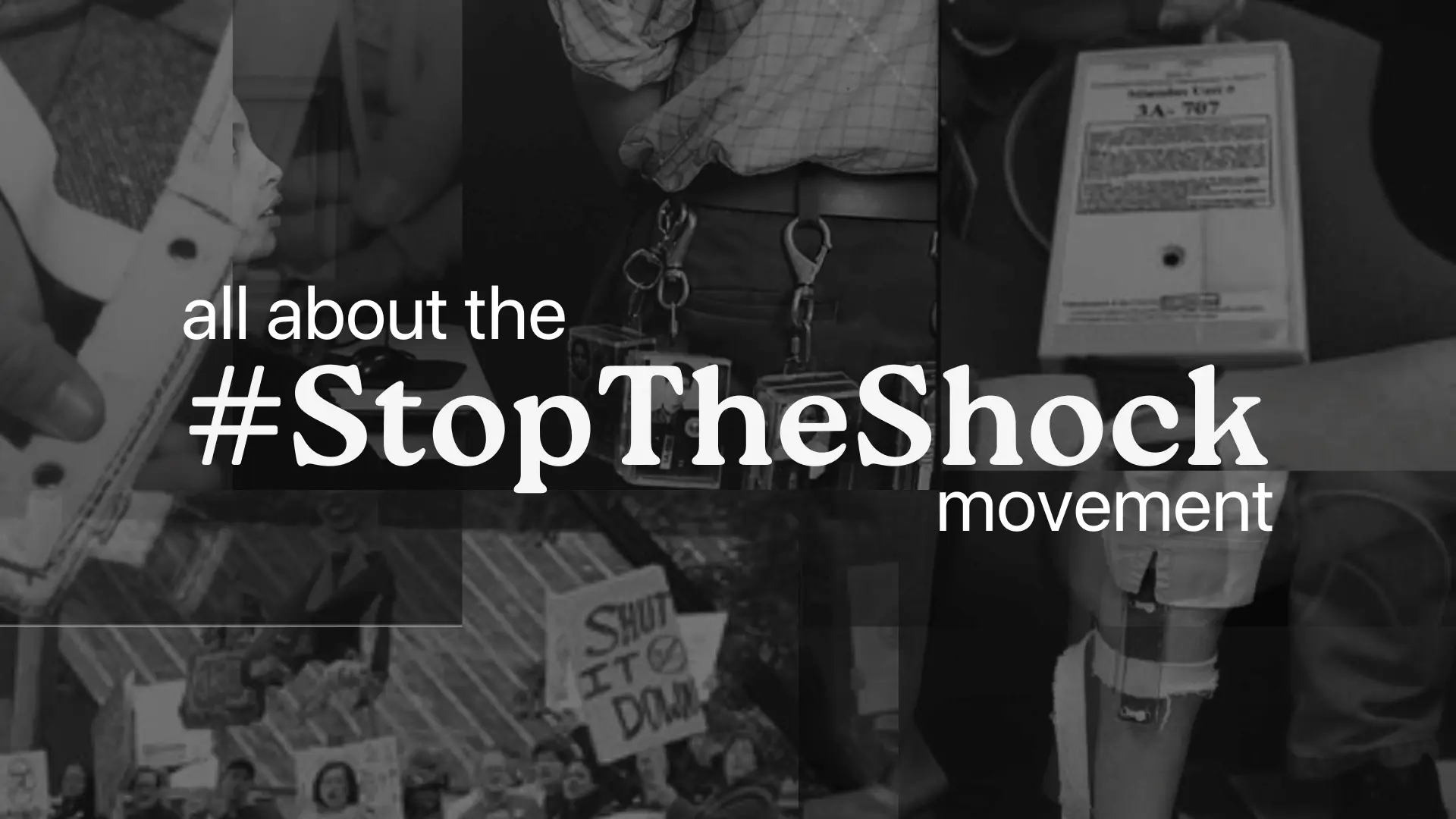In the sprawling realm of digital space, a single term stands out as a beacon of hope and advocacy: a11y. For the uninitiated, this might appear as a simple abbreviation. Yet, dive deeper, and the profound significance of this neuronymn (a word containing numbers as an abbreviation) unfolds.
From Neuronymn to Movement
A11Y is an abbreviation for ‘accessibility’. The number, 11, smartly sandwiches itself between the first and last letters of the term, succinctly capturing the essence of the word it represents. This abbreviation gained popularity primarily because of character restrictions on platforms like Twitter.
But beyond its character-saving benefit, a11y signifies a movement—a call for digital inclusivity. In our hyper-connected, digitally-driven world, this term extends beyond just an audit tool for website accessibility. It epitomizes the quest for an internet that’s accessible to all, irrespective of physical or cognitive abilities. As developers worldwide rally behind the cause, many turn to the World Content Accessibility Guidelines (WCAG) to mold digital platforms that comply with global accessibility norms.
Its All-Encompassing Vision
The a11y movement’s vision is twofold. On one front, it seeks to bridge disabled users with vital assistive technologies, ensuring that no one is left behind in the digital race. On the other, it champions redesigning hardware in ways that cater to everyone’s needs. A cornerstone of this movement is the push for readily available assistive technologies. While some screen reader programs are open-source and free, others come with a price tag. Advocates of a11y fervently push to break these commercial barriers, ensuring free access for all.
The Inaccessibility
Ironically, the very term representing digital accessibility, ‘a11y’, throws a curveball at screen-readers. Instead of recognizing it as “ally” or “accessibility,” it’s read verbatim — as ‘a-eleven-y’ — emphasizing the very challenges the movement seeks to overcome. We’ve indeed come a long way in promoting digital inclusivity, but the journey is far from over. As we continue on this path, resources like WCAG and Google’s A11ycasts stand as valuable guides, offering tangible solutions to real-world accessibility issues.
‘a11y’ is more than just a term; it’s a call to action, a reminder of the strides made and the challenges that lie ahead in making the digital world truly accessible for all.

 Unmasking the Intersectionality: Disability and Pride
Unmasking the Intersectionality: Disability and Pride